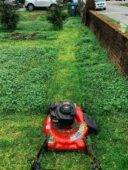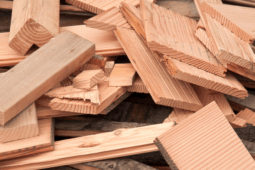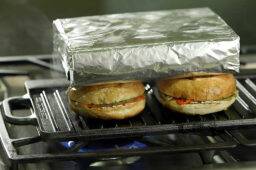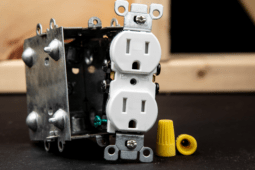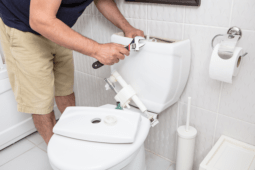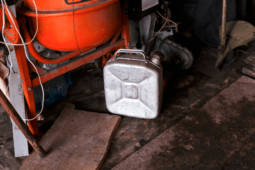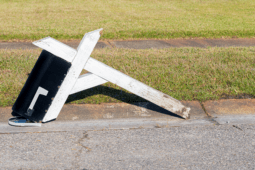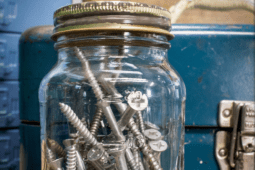Clever Gardening Tips Using Everyday Household Items
Have you ever dreamed of having a lush, thriving garden but felt intimidated by the cost and complexity? Fear not! The secret to successful gardening might be hiding in plain sight within your own home. By repurposing everyday household items, you can create a beautiful and bountiful garden without breaking the bank. Let’s explore some ingenious gardening hacks that will transform your outdoor space and unleash your inner green thumb.
1. Eggshells: Nature’s Pest Deterrent and Calcium Boost
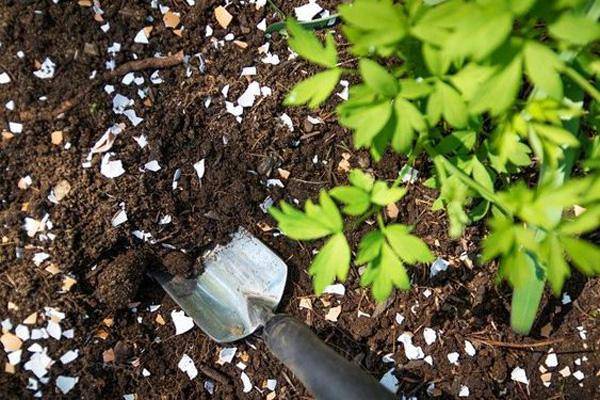
Cracked eggshells serve a dual purpose in the garden. Crushed and scattered around plants, they deter soft-bodied pests like slugs and snails. The sharp edges discourage these creatures from crossing over to munch on your precious plants.
Additionally, eggshells are rich in calcium, which is essential for plant growth. As they decompose, they slowly release nutrients into the soil, benefiting your plants over time. Simply rinse, dry, and crush eggshells before applying them to your garden beds.
2. Diapers: Moisture Retention for Potted Plants
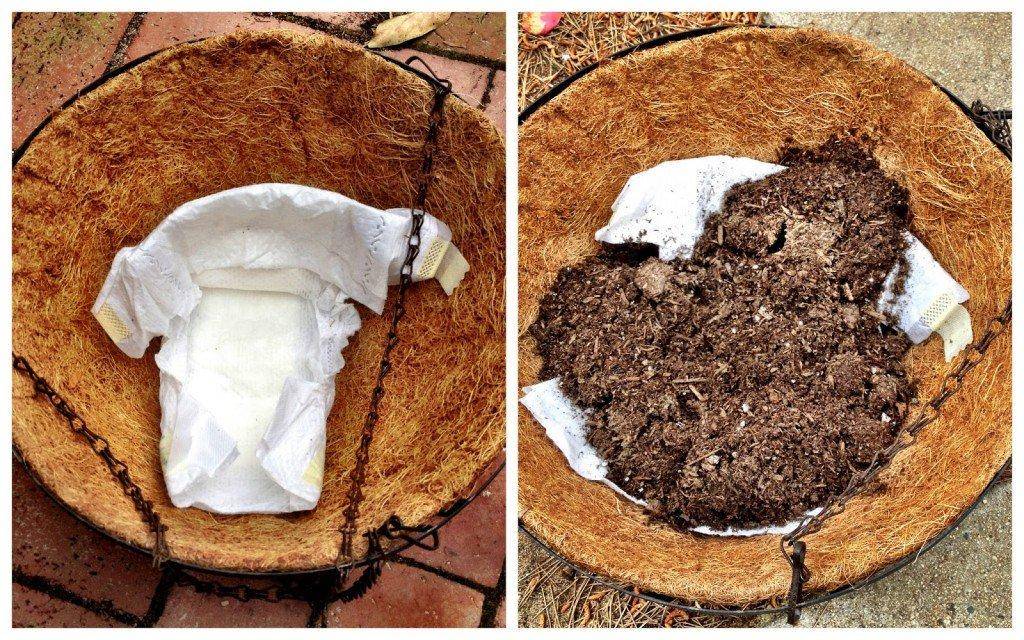
Believe it or not, unused diapers can be a gardener’s secret weapon for moisture retention. The absorbent materials in diapers can help keep potted plants hydrated for longer periods, reducing the frequency of watering.
To use this hack, place a diaper at the bottom of your pot before adding soil and planting. The diaper will absorb excess water and slowly release it back to the plant’s roots, preventing both overwatering and underwatering issues.
3. Wine Bottles: DIY Plant Waterers
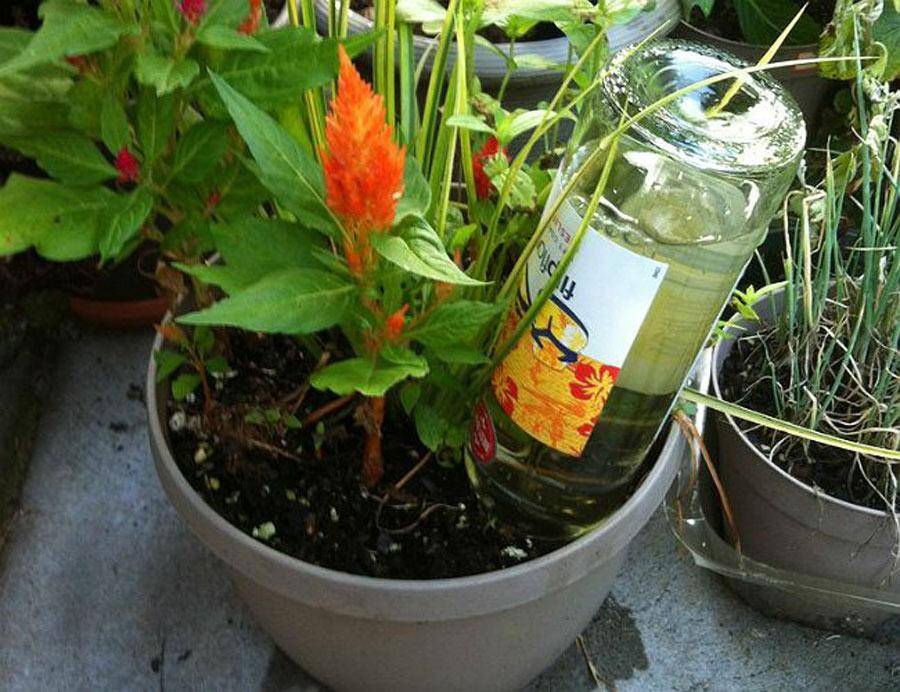
Don’t toss those empty wine bottles! They can be repurposed into stylish and functional plant waterers. This method is particularly useful for keeping plants hydrated while you’re away on vacation or for plants that require consistent moisture.
To create a wine bottle waterer, clean the bottle thoroughly and fill it with water. Insert a wine bottle plant nanny, or create your own by poking holes in a cork. Place the bottle upside down in the soil near your plant, and it will slowly release water as needed.
4. Coffee Filters: Improved Drainage for Potted Plants
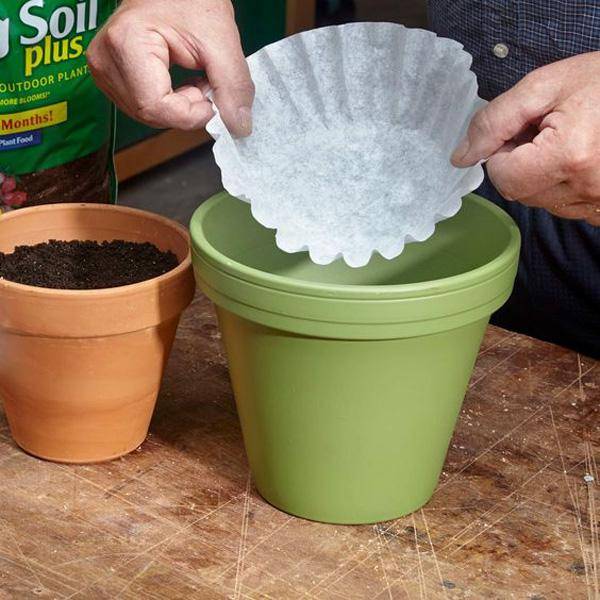
Coffee filters are not just for brewing your morning cup of joe. They can also improve drainage in potted plants. Line the bottoms of your pots with coffee filters before adding soil to prevent soil from escaping through drainage holes while still allowing water to pass through.
This simple hack helps maintain soil moisture and prevents messy leaks when watering your plants. It’s especially useful for plants that prefer well-draining soil conditions.
5. Bar Soap: A Natural Deer Repellent
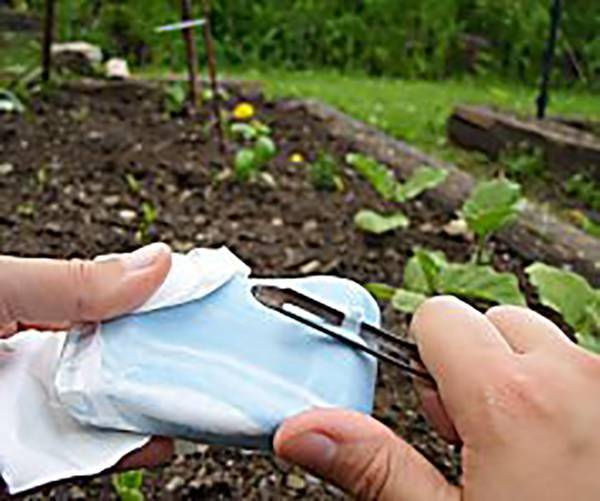
If deer frequent your garden, try using bar soap as a natural deterrent. The strong scent of soap is unappealing to deer and can help keep them away from your prized plants.
Cut bars of soap into small pieces and place them around your garden, or hang them from tree branches. Choose strongly scented varieties for maximum effectiveness. This method is eco-friendly and safe for both plants and animals.
6. Plastic Jugs: DIY Mini Greenhouses
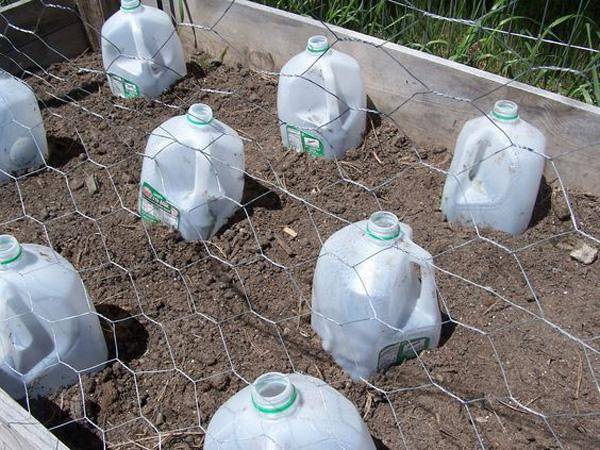
Transform plastic milk or water jugs into mini greenhouses to protect seedlings from frost and extend your growing season. Cut the bottom off the jug and remove the cap for ventilation. Place the jug over young plants or seedlings to create a warm, protected environment.
This hack is particularly useful for gardeners in cooler climates or those looking to get a head start on the growing season. Remember to remove the jugs when temperatures warm up to prevent overheating.
7. Cinnamon: Natural Fungicide and Rooting Agent
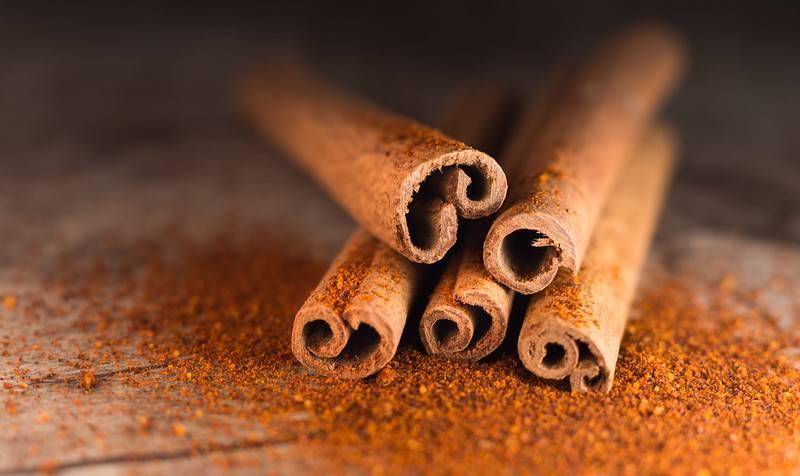
Cinnamon isn’t just a delicious spice; it’s also a powerful ally in the garden. Its antifungal properties make it an effective natural treatment for various plant diseases, including damping off in seedlings.
Sprinkle cinnamon on the soil surface around seedlings to prevent fungal growth. It can also be used as a rooting agent for plant cuttings. Simply dip the cut end in cinnamon before planting to encourage root development and prevent rot.
8. Muffin Tins: Perfect Seed Spacing Tool
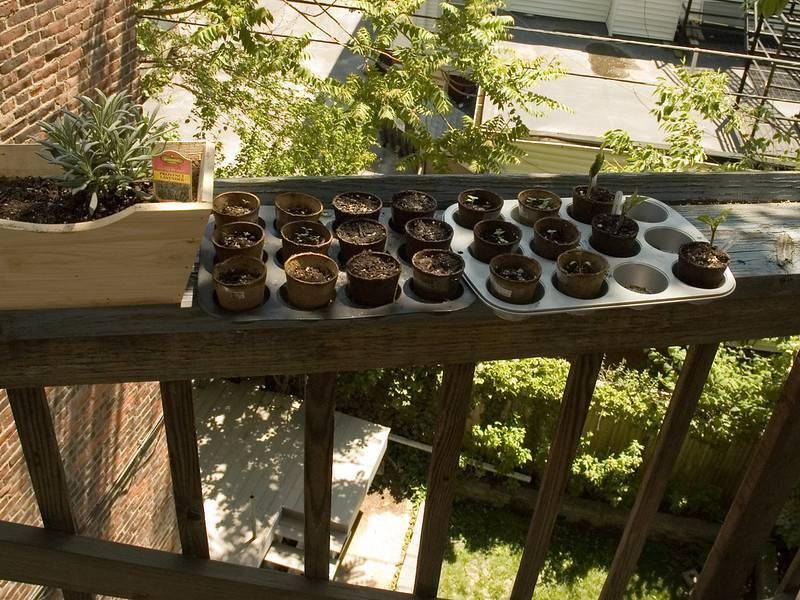
Repurpose old muffin tins as a clever seed spacing tool. Press the bottom of the tin into soft soil to create evenly spaced indentations for planting seeds or small seedlings. This method ensures proper spacing and helps create a neat, organized garden layout.
Muffin tins can also be used to start seeds indoors. Fill each cup with potting soil and plant your seeds for easy transplanting later.
9. Old Spoons: Charming Garden Markers
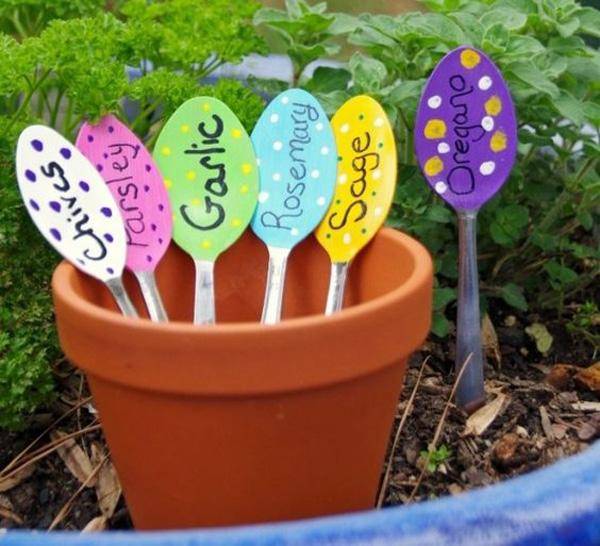
Give new life to old spoons by turning them into unique garden markers. Flatten the bowl of the spoon with a hammer, then use paint or permanent markers to write the names of your plants. Stick the handle into the soil for a whimsical and functional garden accessory.
This creative upcycling project adds a personal touch to your garden while helping you keep track of what’s planted where.
10. Vinegar: Natural Weed Killer
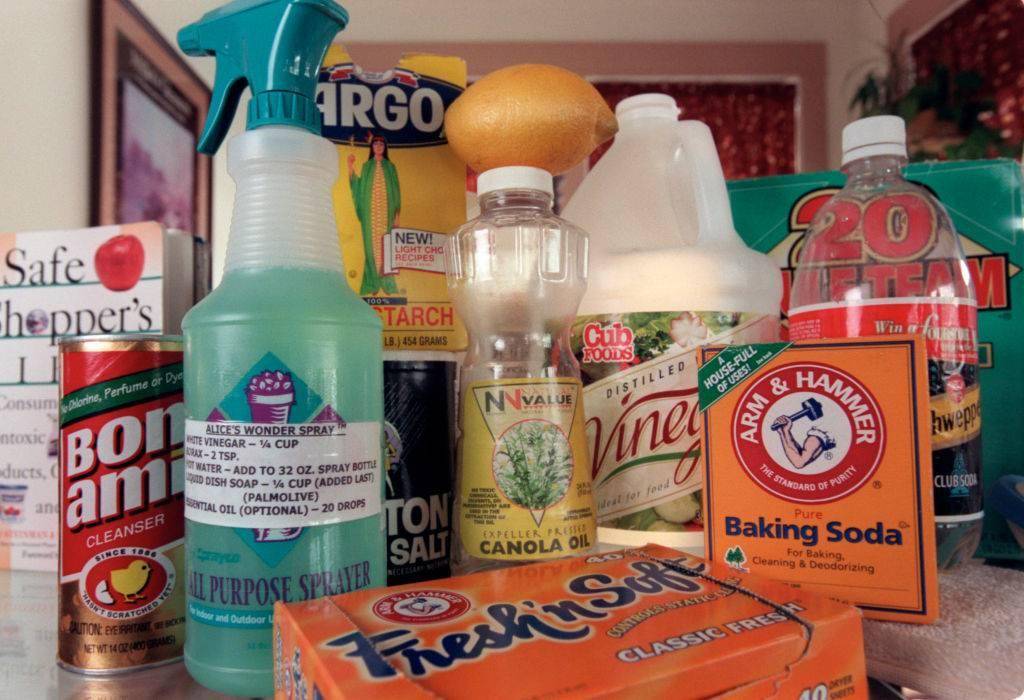
White vinegar can be an effective natural weed killer, especially for weeds growing in cracks or pavement. The acetic acid in vinegar dehydrates plant leaves, causing them to wither and die.
For best results, apply vinegar on a sunny, dry day. Be cautious when using this method, as vinegar can also harm desirable plants. Consider spot-treating weeds or using barriers to protect nearby plants.
11. Plastic Forks: Critter Deterrent
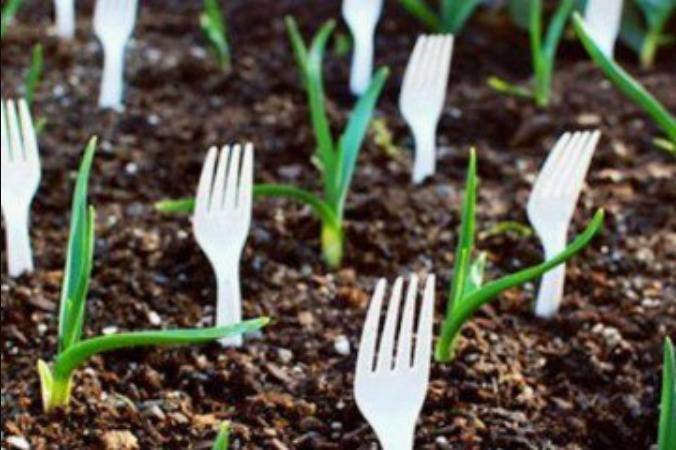
Keep curious critters away from your newly planted seeds or seedlings by strategically placing plastic forks in your garden beds. Stick the forks into the soil with the tines pointing upward to create an uncomfortable surface for animals to walk on.
This simple hack can deter cats, dogs, and other small animals from disturbing your garden. Once your plants are established, you can remove the forks.
12. Paper Towels: Temporary Plant Hydration
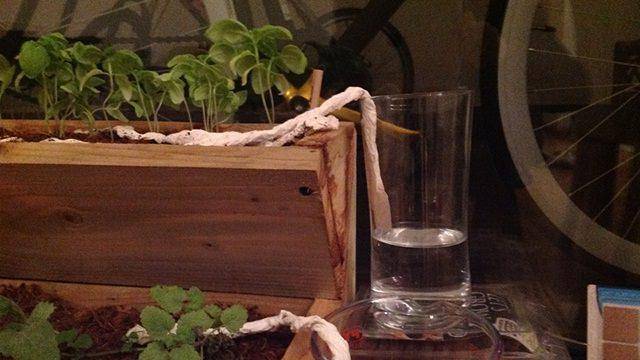
When you’re away for a short period, use paper towels to keep your plants hydrated. Drape a damp paper towel over the soil and let one end sit in a glass of water. The paper towel will wick water from the glass to the soil, providing consistent moisture.
This method works well for a few days and is ideal for houseplants or container gardens that need regular watering.
13. Citrus Peels: Biodegradable Seed Starters
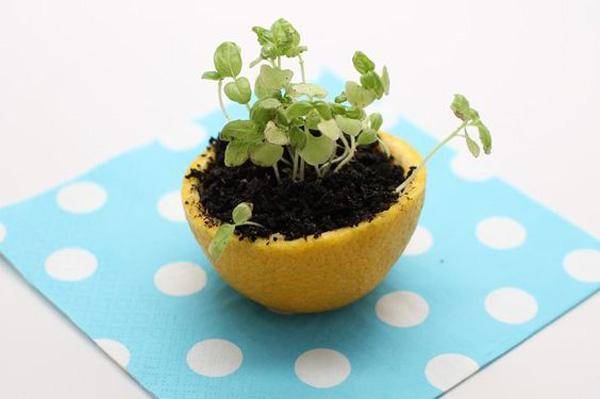
Instead of throwing away citrus peels, use them as biodegradable seed starters. Cut lemons, oranges, or grapefruits in half, remove the flesh, and poke drainage holes in the bottom. Fill with potting soil and plant your seeds.
When the seedlings are ready to transplant, you can plant the entire citrus peel in the ground. The peel will decompose, providing nutrients to the growing plant.
14. Baking Soda: Sweeten Tomatoes Naturally
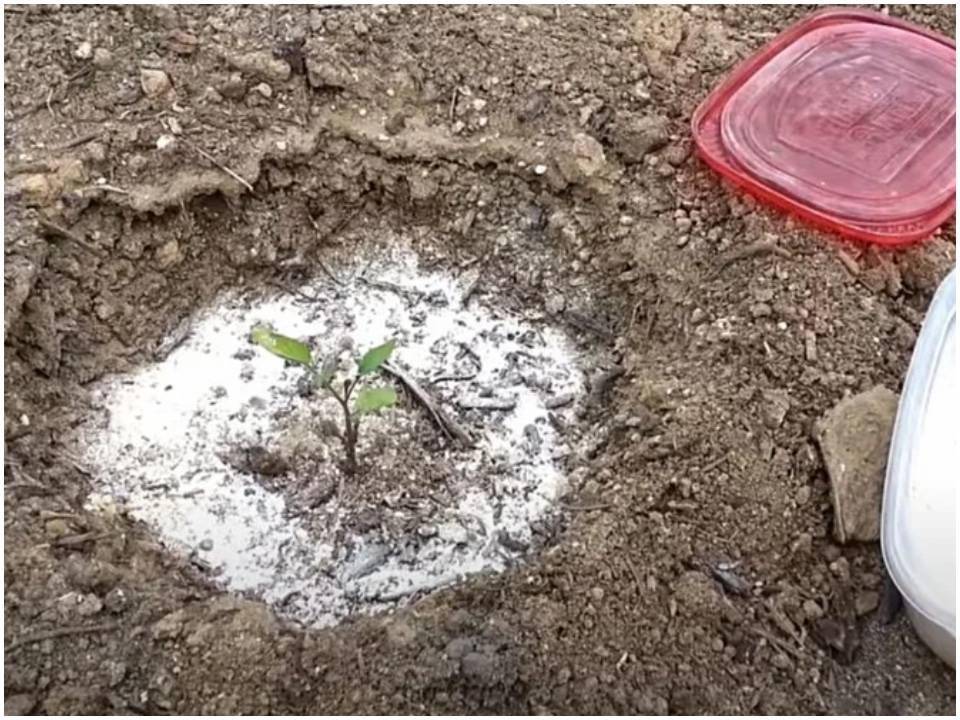
For sweeter tomatoes, try sprinkling baking soda around the base of your tomato plants. The baking soda raises the pH level of the soil, reducing acidity and resulting in sweeter fruit.
Apply baking soda sparingly, as too much can harm plants. A light dusting around the plant’s base is sufficient. Avoid getting baking soda on the plant’s leaves or stems.
15. Soda Cans: Space-Saving Planter Filler
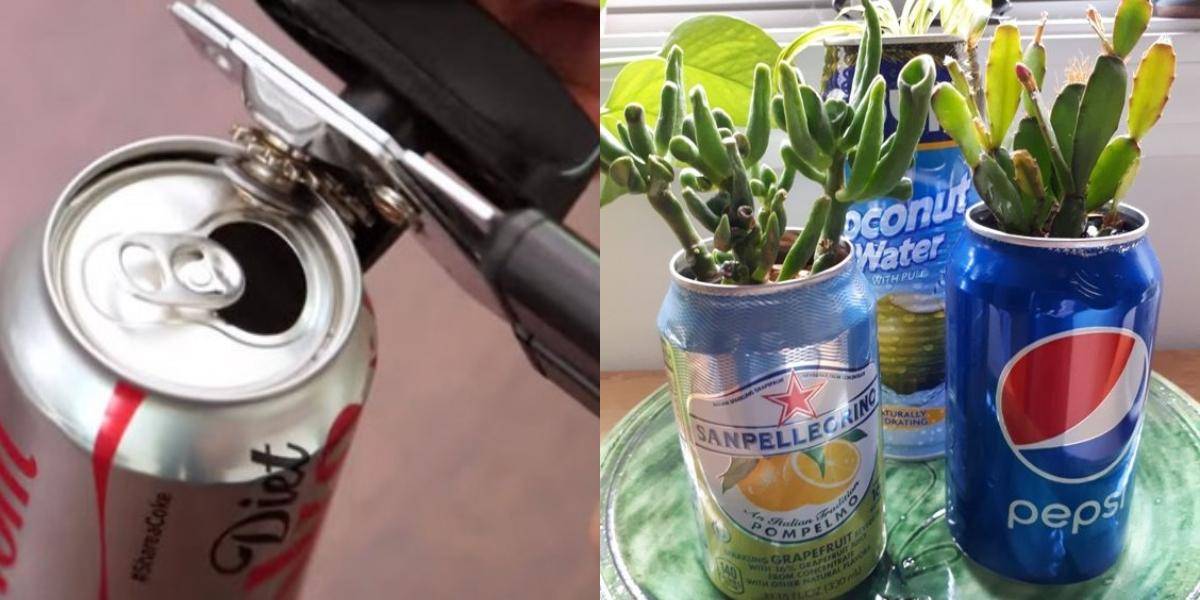
When filling large planters, use empty soda cans to take up space at the bottom. This technique reduces the amount of soil needed and improves drainage. Arrange clean, empty cans in the bottom of your planter, then cover with landscape fabric before adding soil.
This hack not only saves money on potting soil but also makes large planters lighter and easier to move.
16. Honey: Natural Rooting Agent
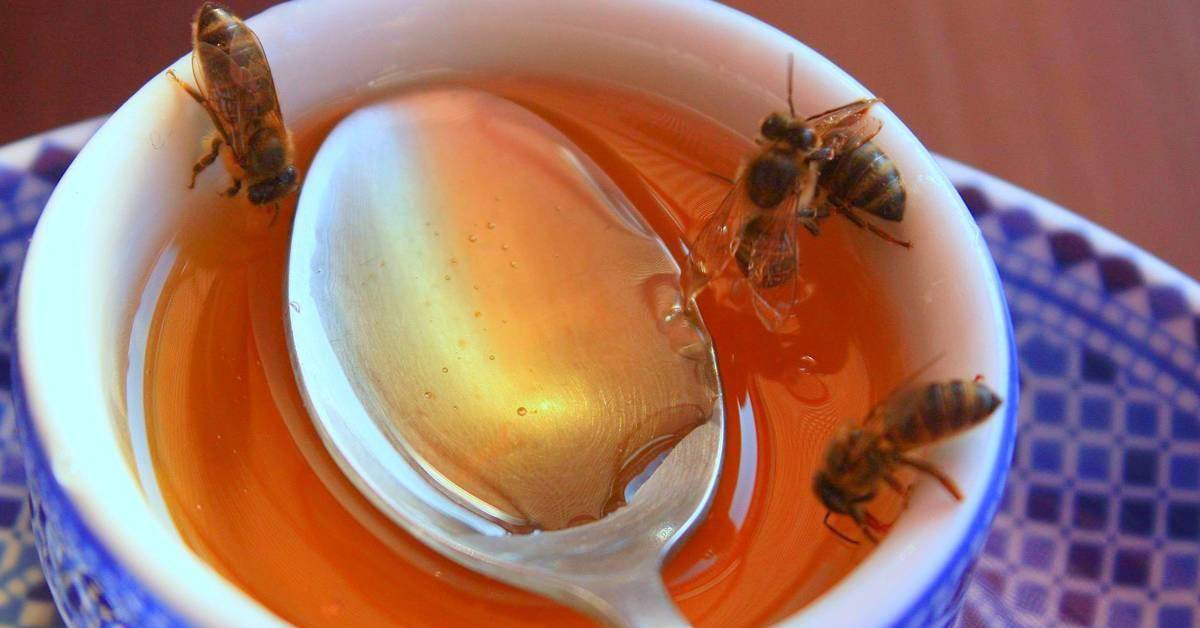
Honey’s natural antibacterial and antifungal properties make it an excellent rooting agent for plant cuttings. Dip the cut end of your plant stem in honey before planting it in soil or water to encourage root growth and prevent rot.
This natural alternative to chemical rooting hormones is safe, effective, and readily available in most kitchens.
17. DIY Insect Repellent Spray
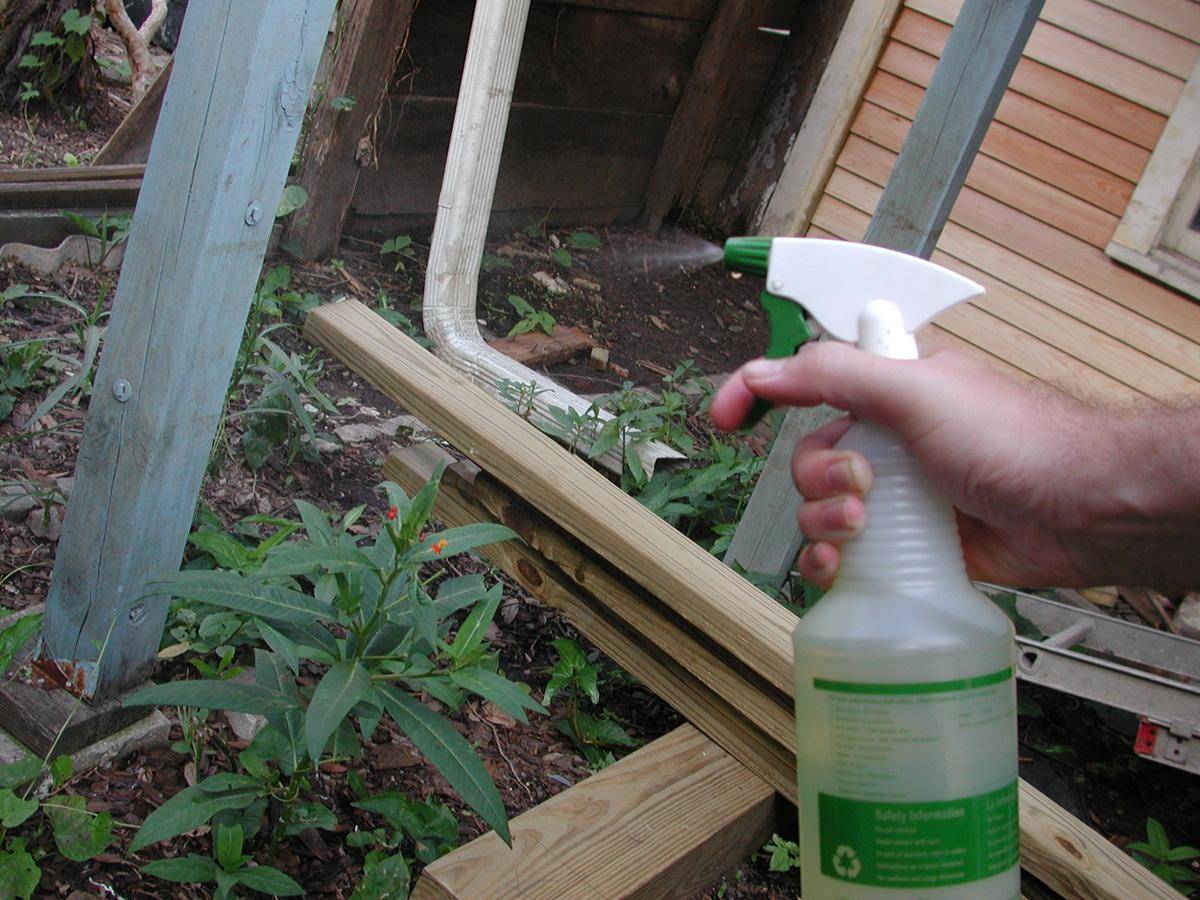
Create an all-natural insect repellent spray using common kitchen ingredients. Blend garlic, mint leaves, cayenne pepper, and water, then strain the mixture into a spray bottle. Add a small amount of biodegradable dish soap to help the spray adhere to plant leaves.
This homemade spray deters many common garden pests without the use of harsh chemicals, making it safe for organic gardening.
18. Colander Planter: Shabby Chic Garden Decor
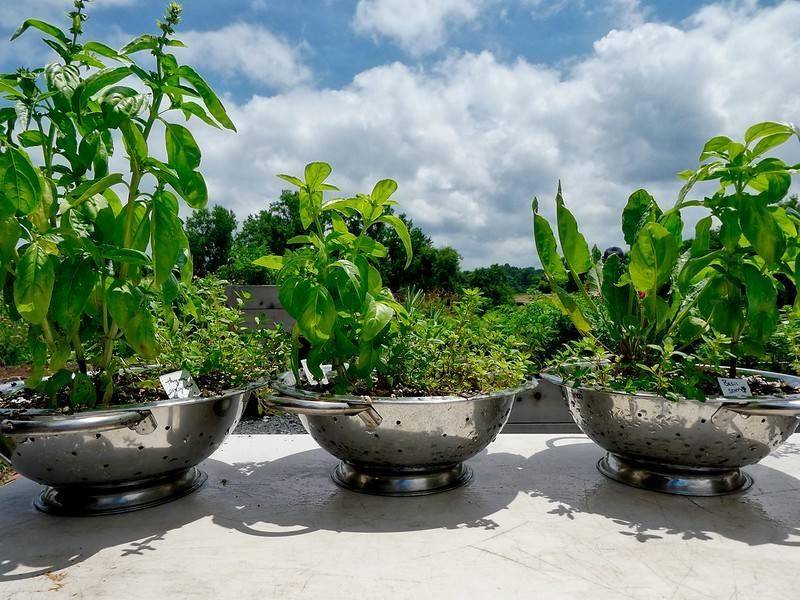
Transform an old colander into a charming planter for herbs or flowers. Line the colander with coffee filters or coconut coir to retain soil while allowing proper drainage. Fill with potting mix and your chosen plants for a unique, rustic garden accent.
Hang your colander planter or place it on a stand to add vertical interest to your garden or patio.
19. Wine Bottle Garden Edging
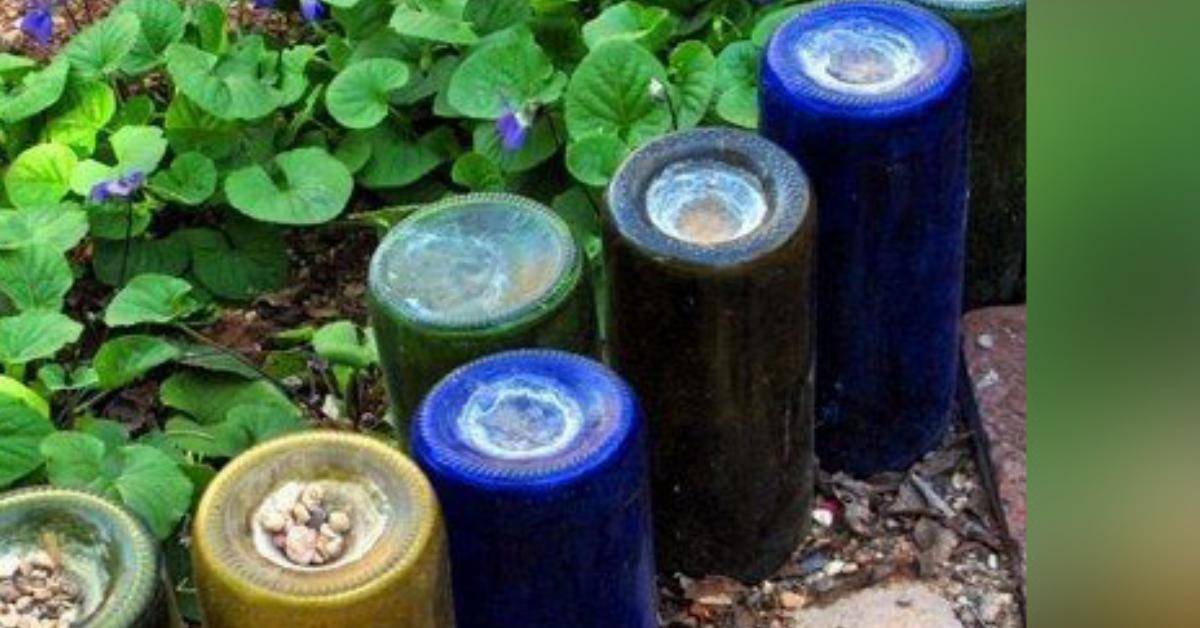
Repurpose empty wine bottles as an attractive and eco-friendly garden edging solution. Bury the bottles neck-down along garden beds or pathways to create a unique border. This method not only looks appealing but also helps define garden spaces and prevent grass from encroaching on beds.
Choose bottles of similar colors or mix and match for a more eclectic look. Ensure bottles are buried deeply enough to withstand wind and accidental bumps.
20. Plastic Storage Tubs: DIY Mini Greenhouse
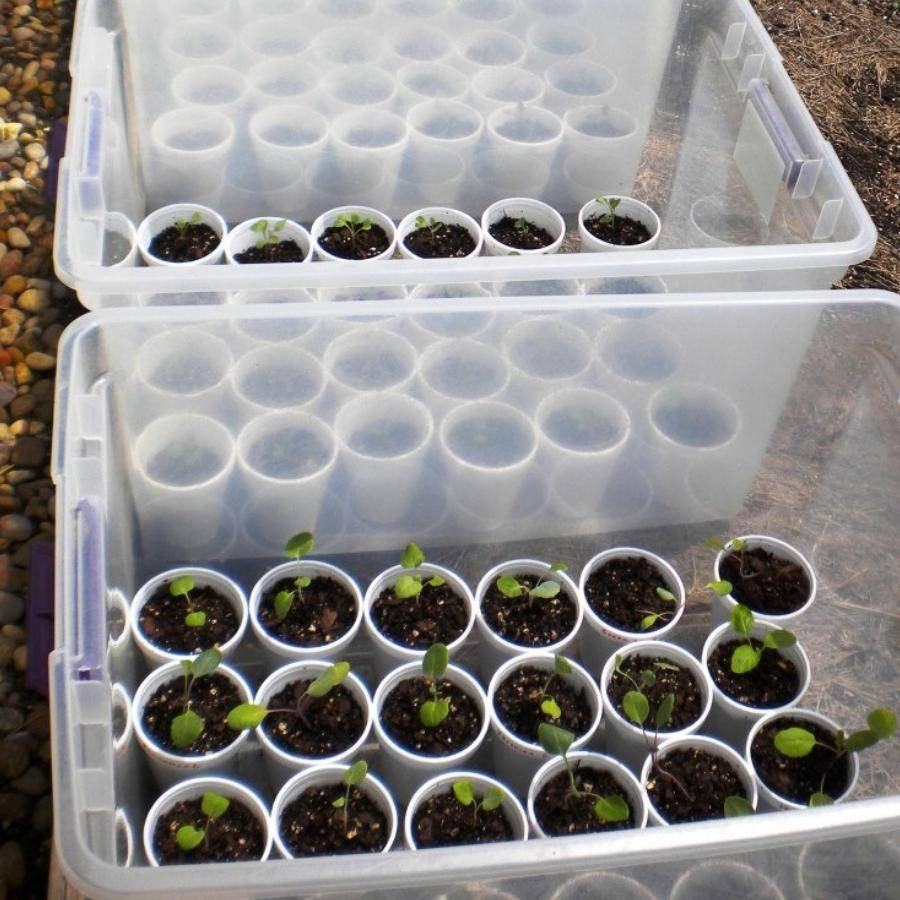
Create a simple mini greenhouse using a clear plastic storage tub. This hack is perfect for starting seeds or protecting tender plants from cold weather. Place small pots or seed trays inside the tub and cover with the lid, leaving it slightly ajar for ventilation.
This DIY greenhouse is ideal for apartment dwellers or gardeners with limited outdoor space. It provides a controlled environment for seedlings and can be easily moved indoors or outdoors as needed.

